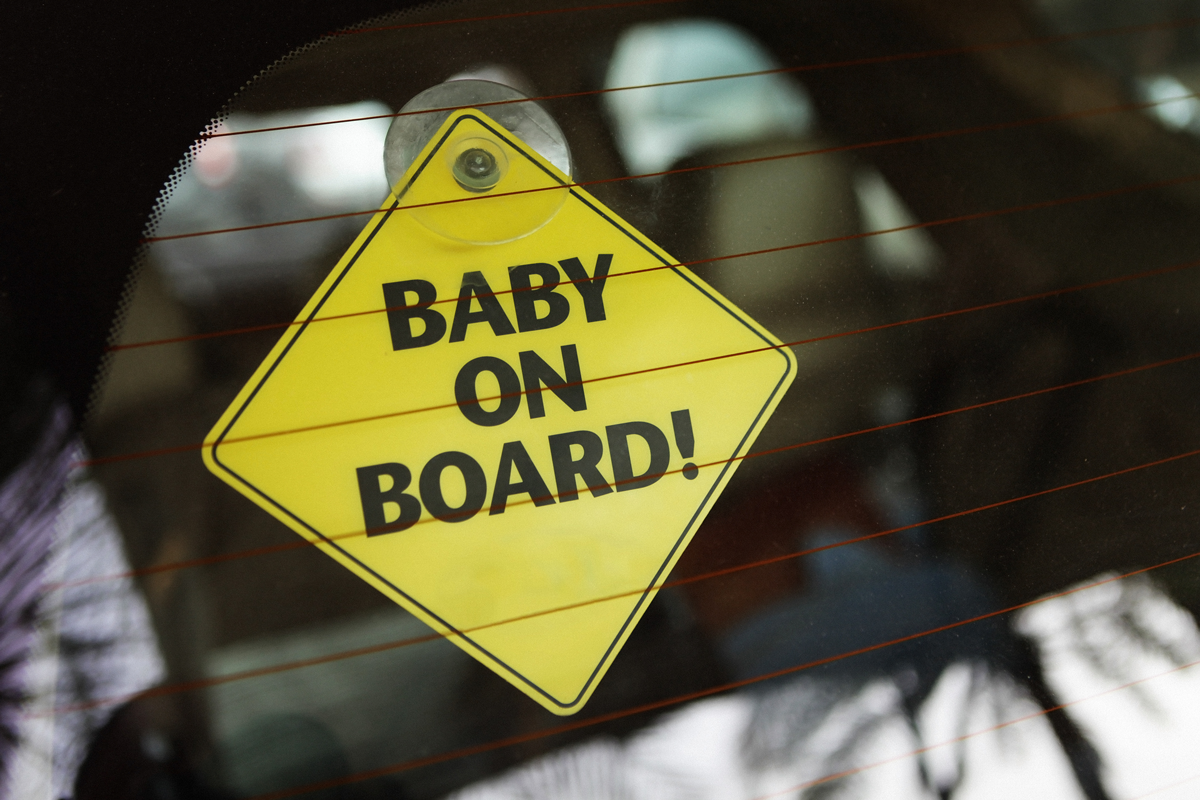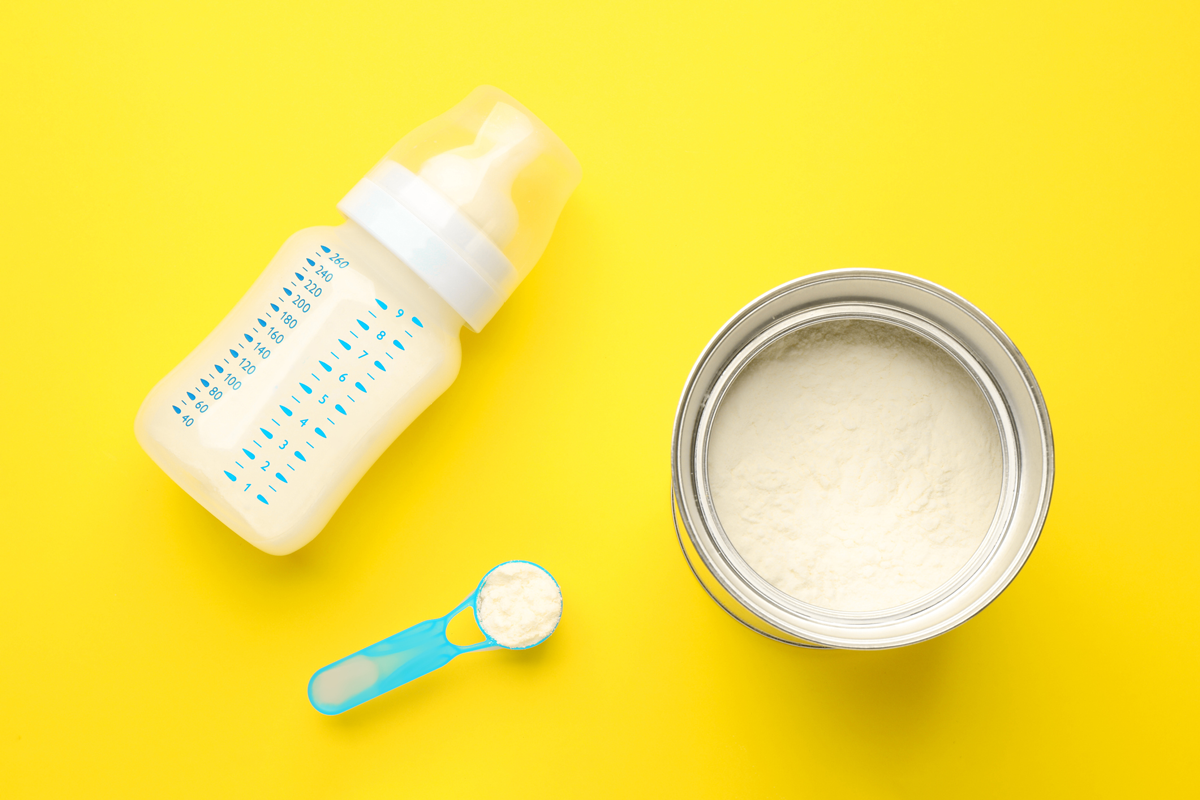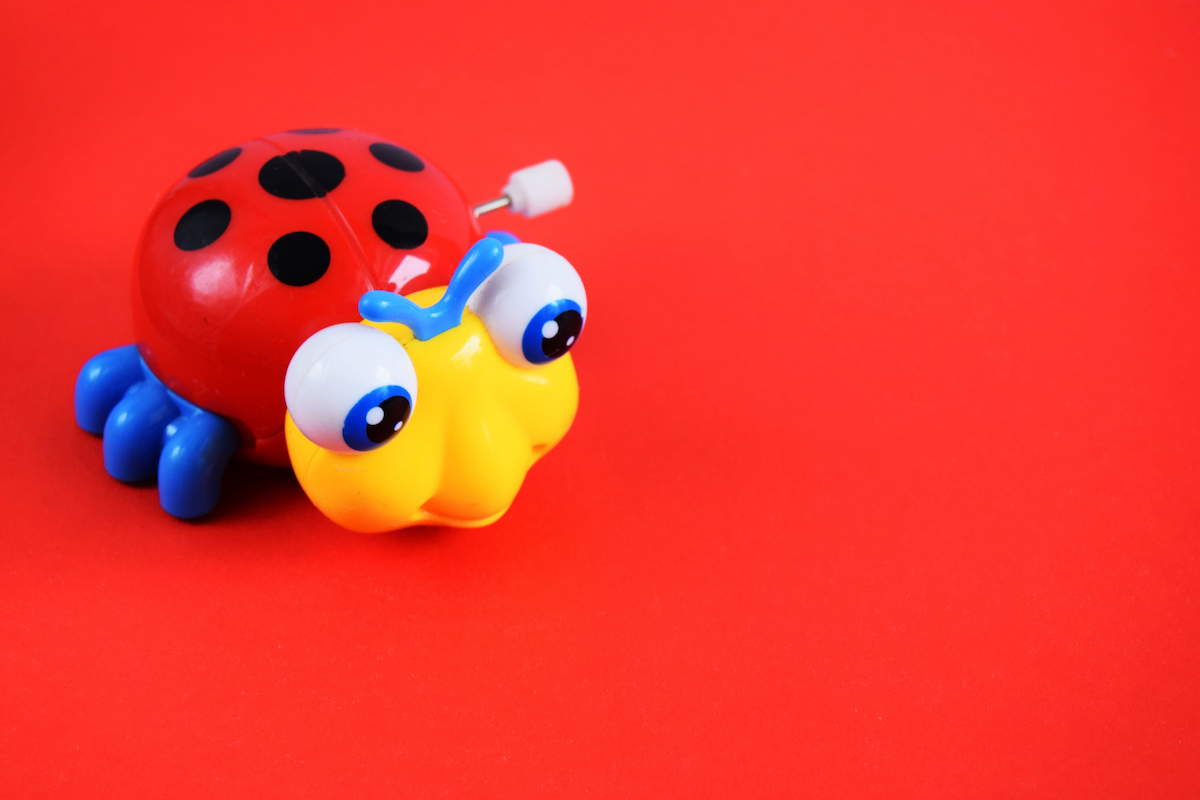When I was pregnant with Penelope, Jesse and I got a list of stuff we needed that had been passed down through many economists who had children. It was both useful and had a possible hint of aspiration. Perhaps all I needed to be as productive as Susan Athey and Amy Finkelstein was a specific type of rocking chair (this was not correct).
We got most of the stuff on the list, as I recall, but when Penelope arrived, it was still somehow not quite right. We had many things we didn’t need (a bottle warmer) and yet were somehow missing items that seemed crucial in the moment. Or, as Jesse put it in his notes from the first week of Penelope’s life: “Every day, approximately seven packages arrived from Amazon. Still, we were undercapitalized on various things.”
One of the hallmark experiences of expecting a new baby is the advice about what you need. Of course, if you bought everything that everyone says you need, you’d need several storage units. But what is actually essential? To answer this question, I ran a survey asking readers about their most loved (and most unnecessary) items. My hope is that by sourcing information more broadly, this helps you decide what you really need and what you can maybe skip.

About the survey
We ran this survey in 2024. There were roughly 1,400 respondents.
The survey consisted of just two questions:
- What was the one best thing you got — the best! Just one!
- What was the one thing you wish you’d skipped?
I also asked people to share some general advice, which is priceless, and we’ll get to it at the end.
First: some data.
The best and worst baby products
As you might imagine from the open-ended prompt, people responded with a wide variety of answers. Many things were idiosyncratic. For one person, their best thing was “disco lights from Amazon.” Honestly, that sounds amazing, and I bet this person’s baby is incredibly cool. But also, it’s not a universal must-have.
What I did to pull the signal from the noise is summarize the top 16 categories in the “best” and “worst” questions. This required a little re-coding; in most cases, I tried to pull generics out from brand names, and I also fixed some creative spelling (trust me, I am not judging that). Even with this, many things did not fit into these categories. About 35% of the “best” and 44% of the “worst” were uncategorized. I’ll say a bit about those below.
First, though, here is a graph of the best.
The most popular category here was a carrier or wrap, followed by a bouncer (this was mostly the BabyBjörn bouncer). Sound machines, swaddles, and the SNOO are also featured. Most of these I found unsurprising, although I would not have predicted the popularity of the butt spatula/brush for putting on diaper cream.
Here’s the graph of the worst.
One thing you will immediately notice is that there is a lot of overlap. Bouncers, pillows, monitors, gyms, and more — they all appear here, too. This is not surprising. No one likes all baby things! If something is really popular, it’s going to be more likely to appear on both “love it” and “hate it” lists. What is perhaps more notable are the items that appear here that do not appear in the best. Example: warmers, for anything. (I feel so vindicated!) Another is “outfits” — this is a catchall for any type of fancy clothes or shoes designed to make your baby look like an adult. Point taken. These are a waste.
An interesting way to look at these data together is to look at the ratios. If we accept that something that is owned widely will attract both lovers and haters, what we really want to ask is which items attract a lot of love and less hate, and vice versa.
To summarize that, I take all of the categories that appear in the top 16 for either the best or the worst and calculate the ratio of the share of people who say this was the “best” to the share who say this was the “worst.” A high value for this ratio implies a lot of love relative to hate; a low value implies the converse. The graph below shows these ratios.
On the top are carriers, sleep sacks, sound machines, and the Baby Brezza — things that many people like and few people say they regret. On the bottom, we have fancy outfits, any kind of warmer or sterilizer, and general “stuff for the bath.” The midpoint is the breastfeeding pillow. About as many people say they thought this was the best as indicate it was the worst. Go figure!
Beyond these categories, there were so many things that individual people either swore by or hated. On the best list: electric nail clippers, a lollipop camera, baby-wearing shirts, and a Dyson hand vacuum. On the worst: baby mittens (almost made the cut for one of the top 16), scrapbooking material (yeah, right), and anything with snaps. These whole lists are proof that, first, you’ll definitely buy at least one thing that later you’ll think was a waste and, second, your can’t-live-without item may be something totally random.
Advice about what to buy for a baby
People weighed in with great advice. Let me try to summarize.
You absolutely need less stuff than you think.
Start with the basics — a few onesies, some diapers, a car seat, and a crib. As one person said, “You don’t need that much to start with (bassinet, onesies, diapers, burp clothes). Add as they grow. The Amazon Prime delivery person will become your new best friend.”
A version of this was the #1 comment by a wide margin. Wait to buy. Or as one person said: “Buy as few specialized things as possible. If you think you need something, wait five days to buy. You’ll likely pass (once you get a little sleep, eat, and stop looking at algorithm-fed ads preying on you).” This resonates with me. Many things on the internet say they will make your life easier, but most of them will not (looking at you, gripe water).
Get stuff used if you can.
Many items (especially things like a Moses basket, or anything for infants) get used for almost no time. Facebook has some great used-goods groups, and your friends are probably dying to get rid of things.
For anything that is hard to set up, practice.
This includes breast pumps and strollers. Don’t wait to figure out how the stroller folds up until you’re in the parking lot after your first pediatrician’s appointment. Just trust me on that one.
Purchase “trial sets” for things like swaddles, pacifiers, and bottles.
Babies are variable in their likes — you never know what’s going to work for them. “It’s better to not buy multiples of the same item in case your baby doesn’t like it. For example, instead of buying four of the same brand/style of swaddle, buy two different ones to try and order more when you know what they like. Same for bottles! My baby was very picky, and we went through five brands/styles of bottles before finding one that worked.”
And last, I’ll give a shout-out to the person who said this when asked about their top rec: “Do your books, and newsletter, and IG count? If not, Woolino sleep sacks! (Though I’m not sure of the data on merino wool products for infants).” I love that it ends with a caveat about data (yes, wool is fine).
Closing thoughts
From a reader, in summary: You’ll never feel “ready,” but you are.
The bottom line
- There’s a lot of overlap in baby gear that people love and hate, so the most useful signal comes from comparing “best” vs. “worst” ratios: items like carriers, sleep sacks, sound machines, and the Baby Brezza score high (more love than hate), while fancy outfits, warmers/sterilizers, and bath accessories score low (more hate than love).
- Beyond the major categories, there were many one-off things that individual people either swore by or hated. These whole lists are proof that, first, you’ll definitely buy at least one thing that later you’ll think was a waste and, second, your can’t-live-without item may be something totally random.
- Overall, you need far less than you think; start with the basics, and wait before buying anything specialized until your baby is here. And, as one reader put it, you’ll never feel fully ready — but you are.





















Log in
You’re my main source of pregnancy/parenting guidance since being recommended “Expecting Better” from my OB in 2020 – completely unrelated I worked on a project with Susan Athey, who is a complete badass, a few years before that and this is the economist crossover I’ve needed in my life.
Thanks for this article – love your work. Did you get much feedback on bottle washers? My wife has gone down the instagram rabbit hole, lol. Also, would you consider showing the best and worst as column charts side by side instead of pie charts? As humans we can’t see radians too well, so that would be a lot more reader friendly. Also maybe index the ratios to 100? Thanks again for all you do!
As someone who almost exclusively pumps, the bottle washer has been a life saver. Along with bottle parts, it cleans pump parts. Visited my parents earlier this year and hand washed everything and my fingers were dry for a week recovering from all the soap/water. And I think it actually saves water. You do need a location in your kitchen where the water can drain which we fortunately have. We live in a small apartment so our washer/dryer is in our kitchen so we added the drain to the other drains. When we visited my parents for Thanksgiving we brought our bottle washer (they are in driving distance) and they have a double sink so we drained it into on side. I have the Mom Cozy bottle washer and I’m very happy with it. Hope this helps.